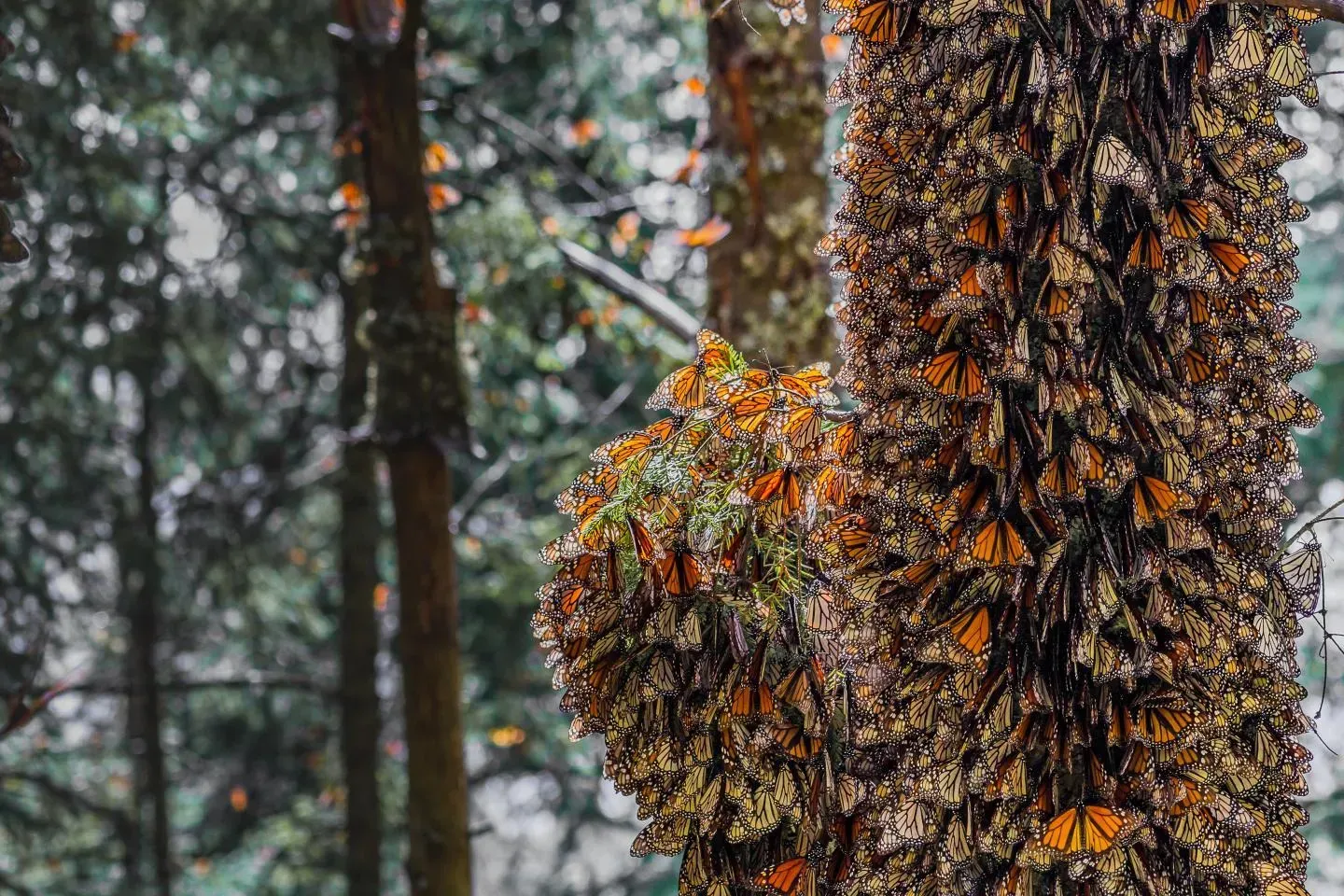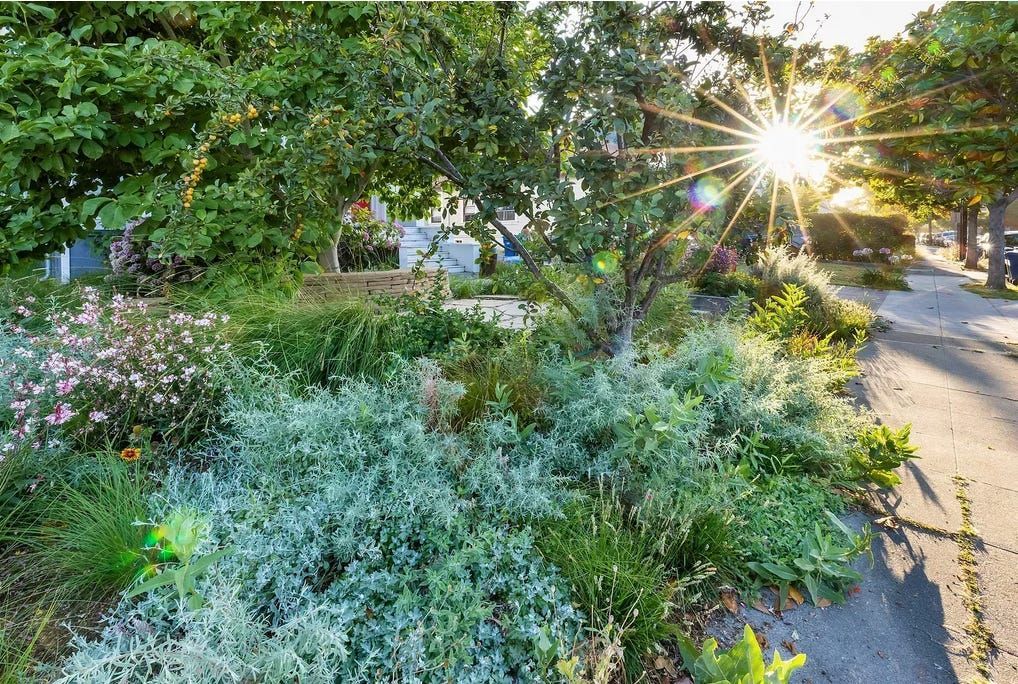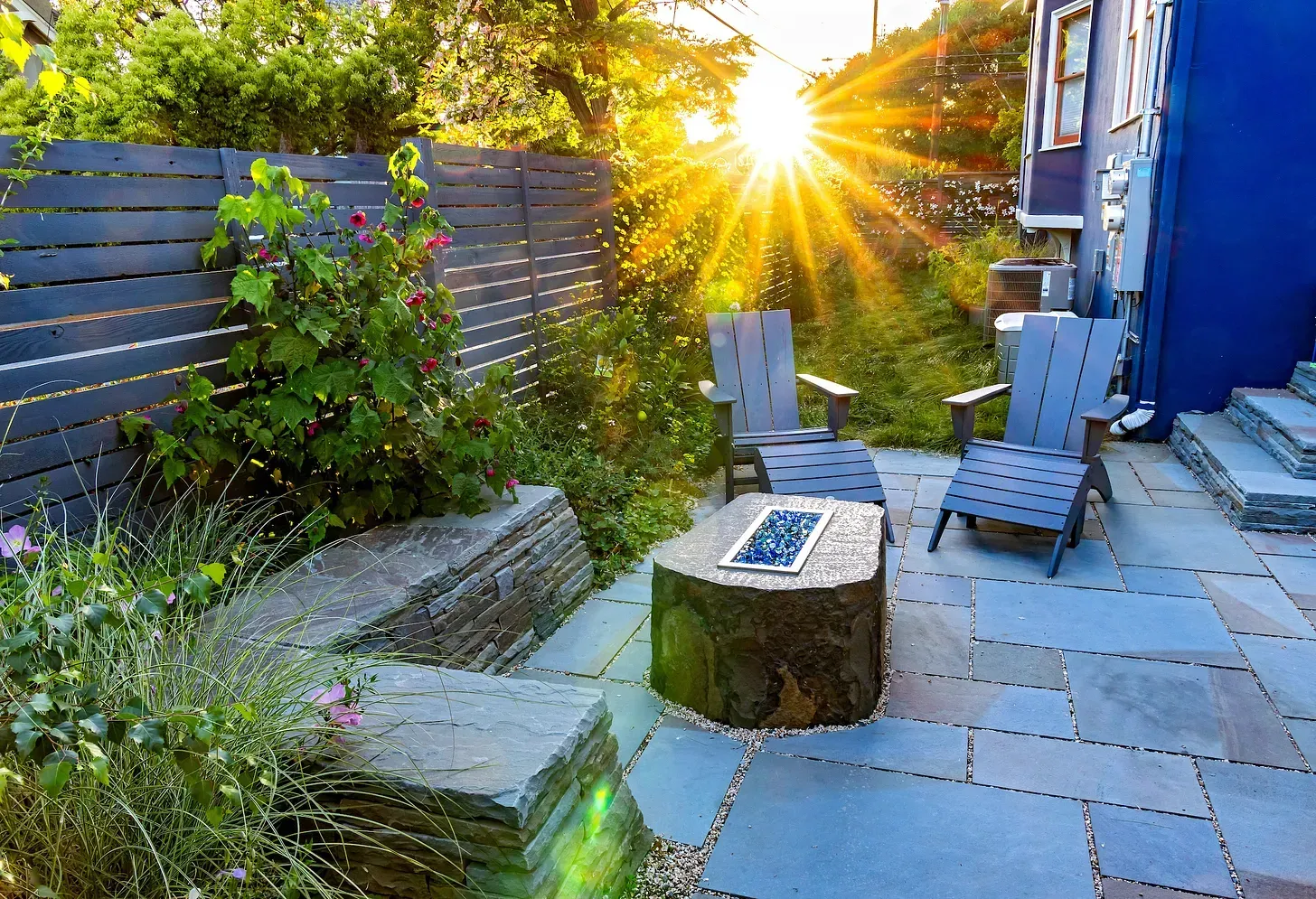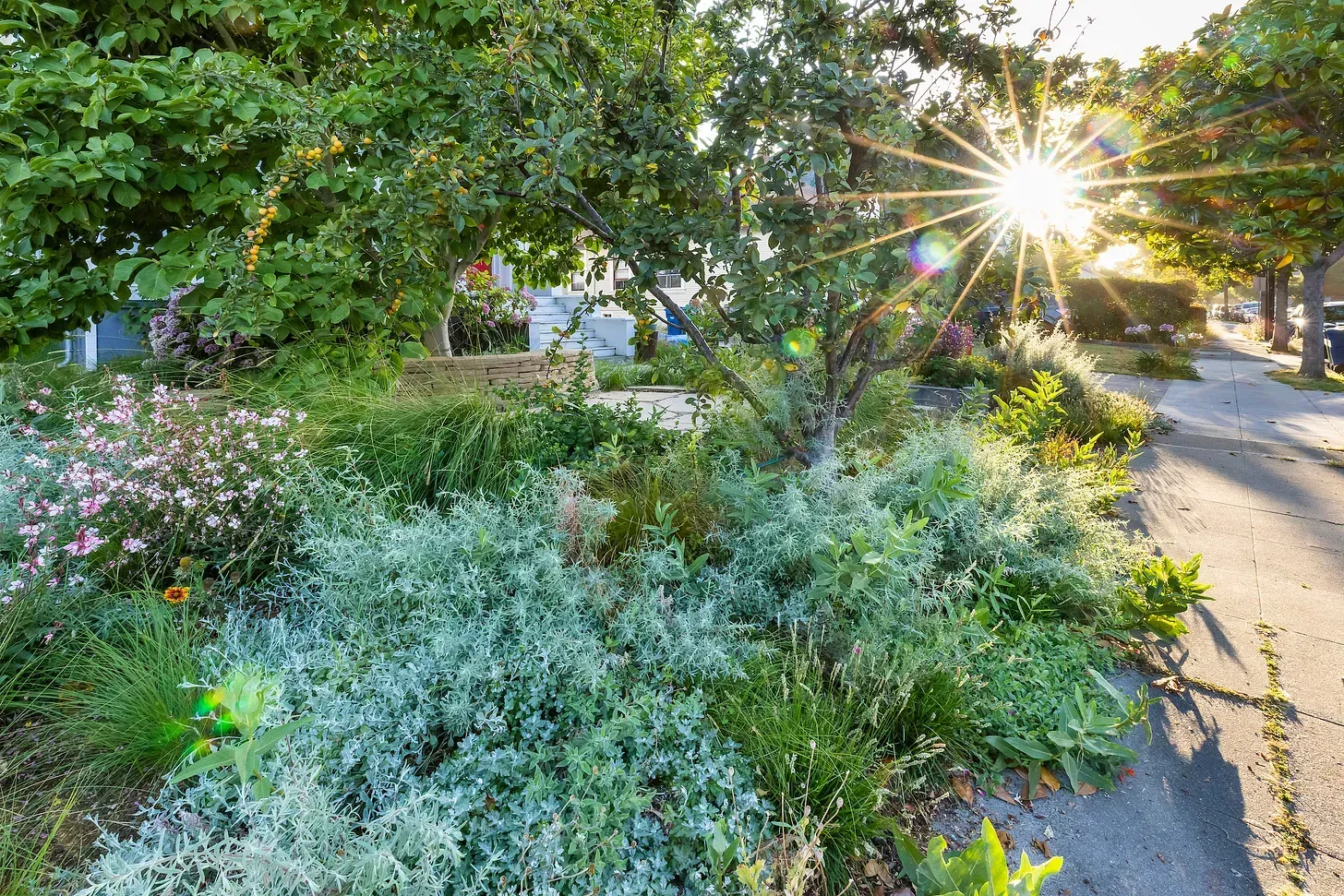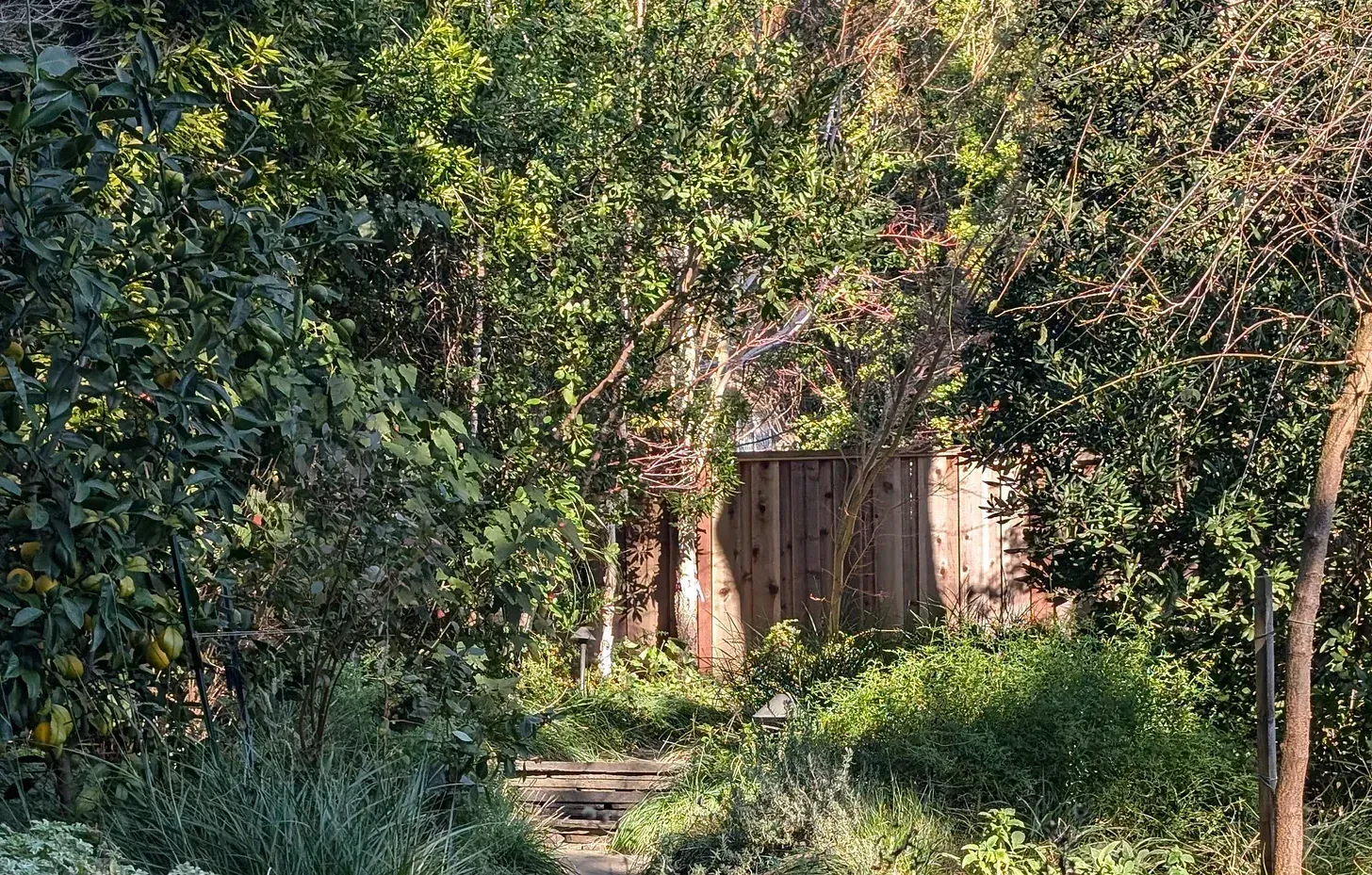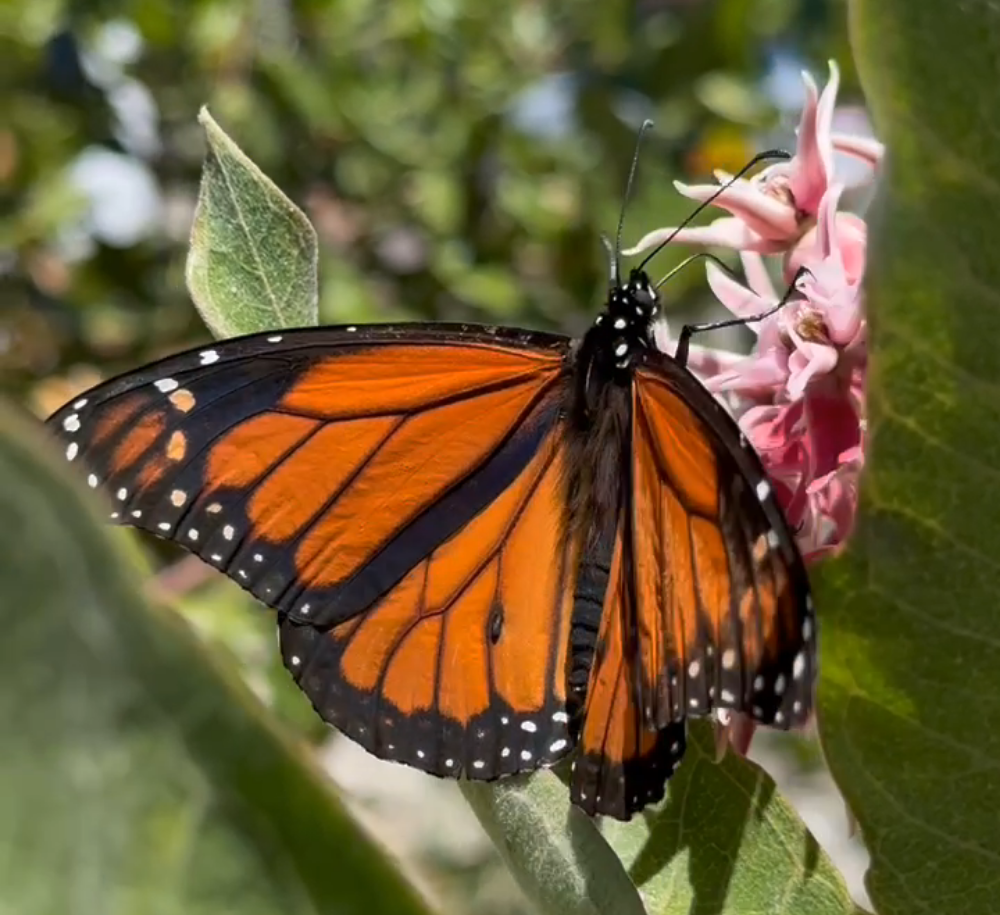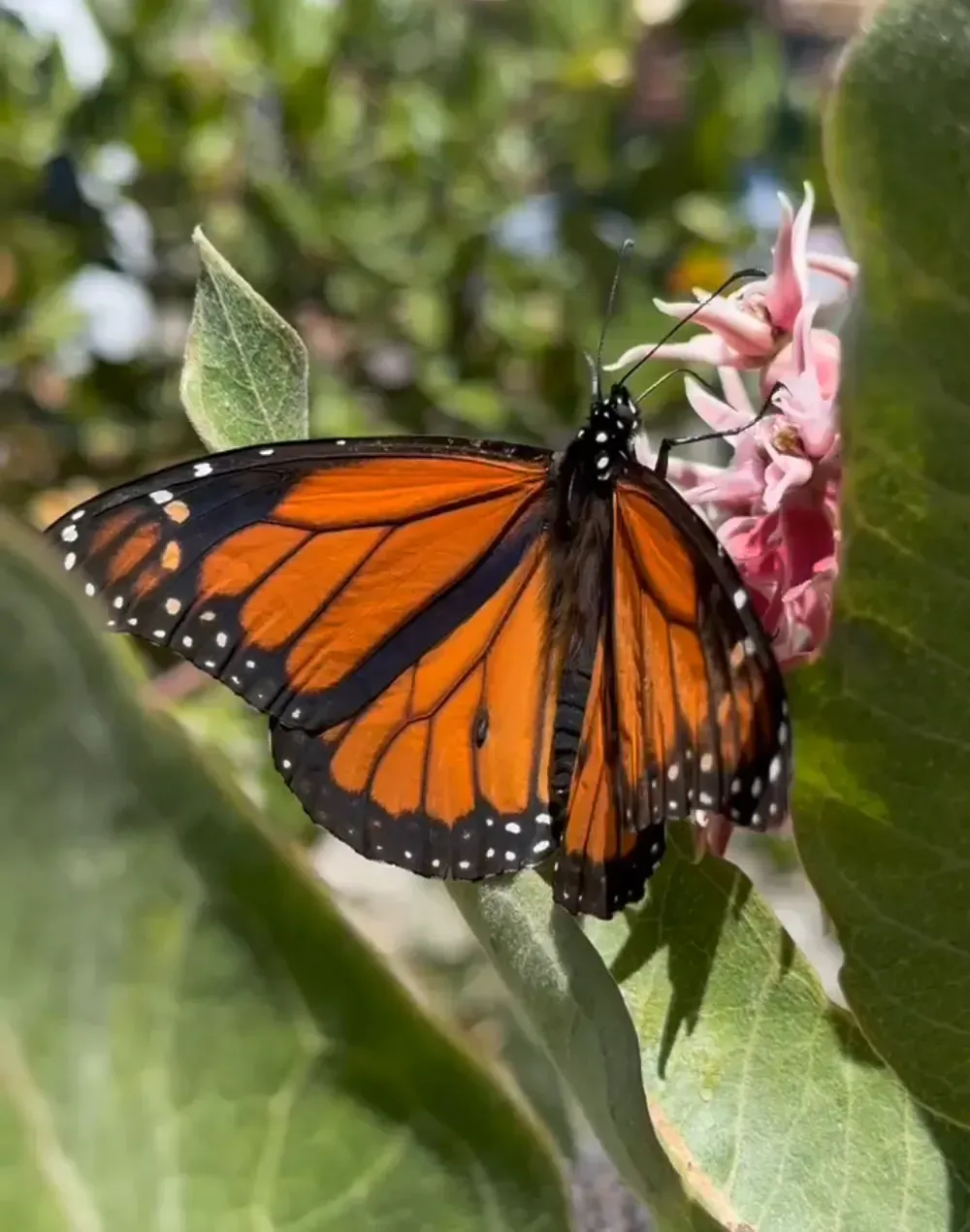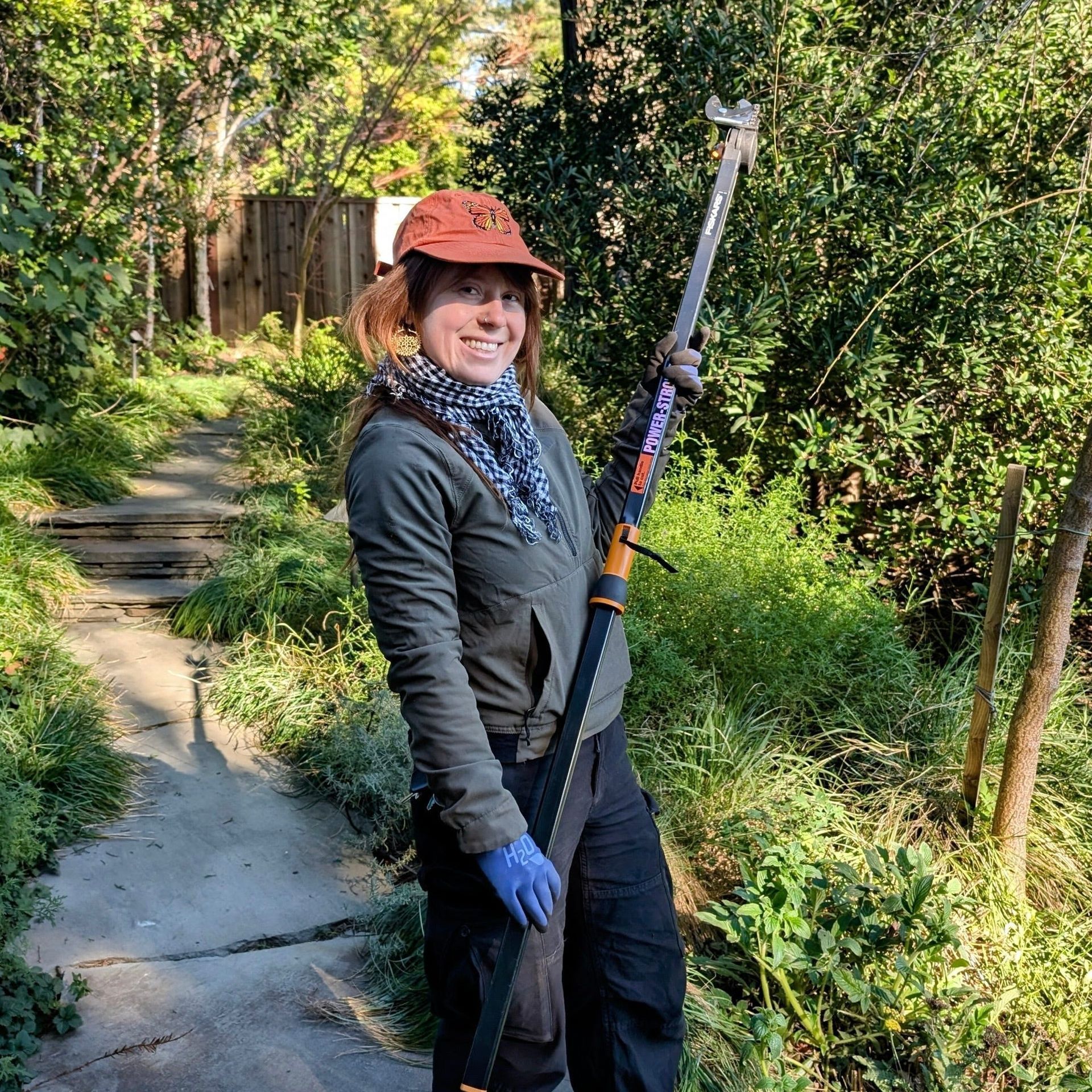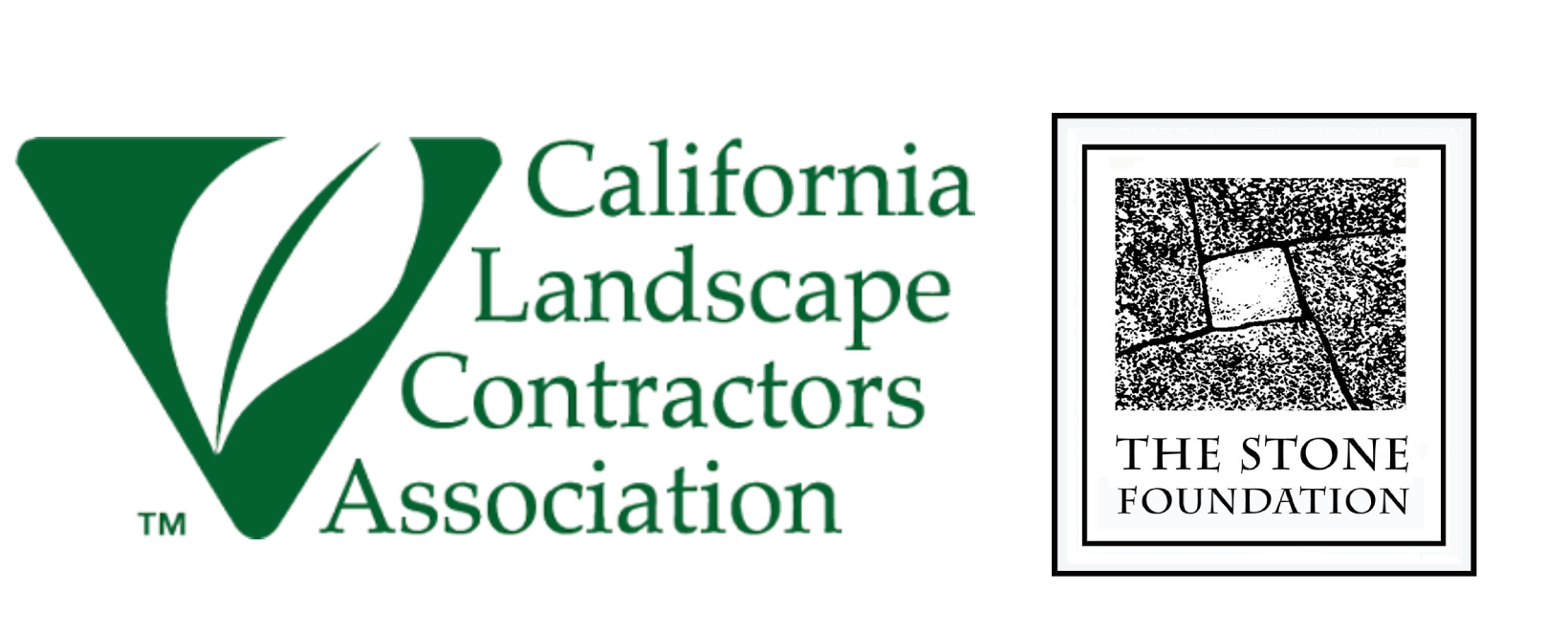It’s Fire Season
Cultivating Resilience
How you can help fight climate change by watering your garden
Gardens help cool the planet and prevent fires
As the reality of climate change looms larger, the need for individual action becomes imperative. Our weather is growing hotter, rain patterns are erratic, and fires across the Western US are increasingly more destructive. Dry soils lead to greater fire risk due to the nature of how firesburn hotter and more ferociously when the soils are dry. In addition, dry soils disrupt the water cycle and exacerbate the drought cycle. This is what we call the Drought Dilemma.
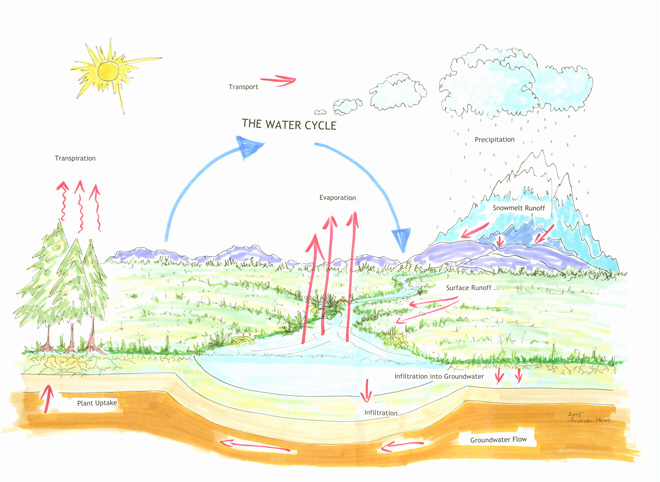
The Cooling Power of Plants
Properly hydrated soils and green growing plants are a powerful way to fight against climate change. Through transpiration, plants release moisture into the air, forming clouds and bringing much-needed rain. Thriving plants contribute to a cooler planet, creating a positive feedback loop that counters the effects of climate change. When plants are lush and thriving, the air surrounding them also has more moisture. One can feel a reduction of the temperature in the air when walking from a dry hot sidewalk, and into a green garden.
"I think the messaging of watering gardens is a good one. Great advice to the community."
~Duncan Allard, WUI Fire Inspector, Berkeley Fire Department
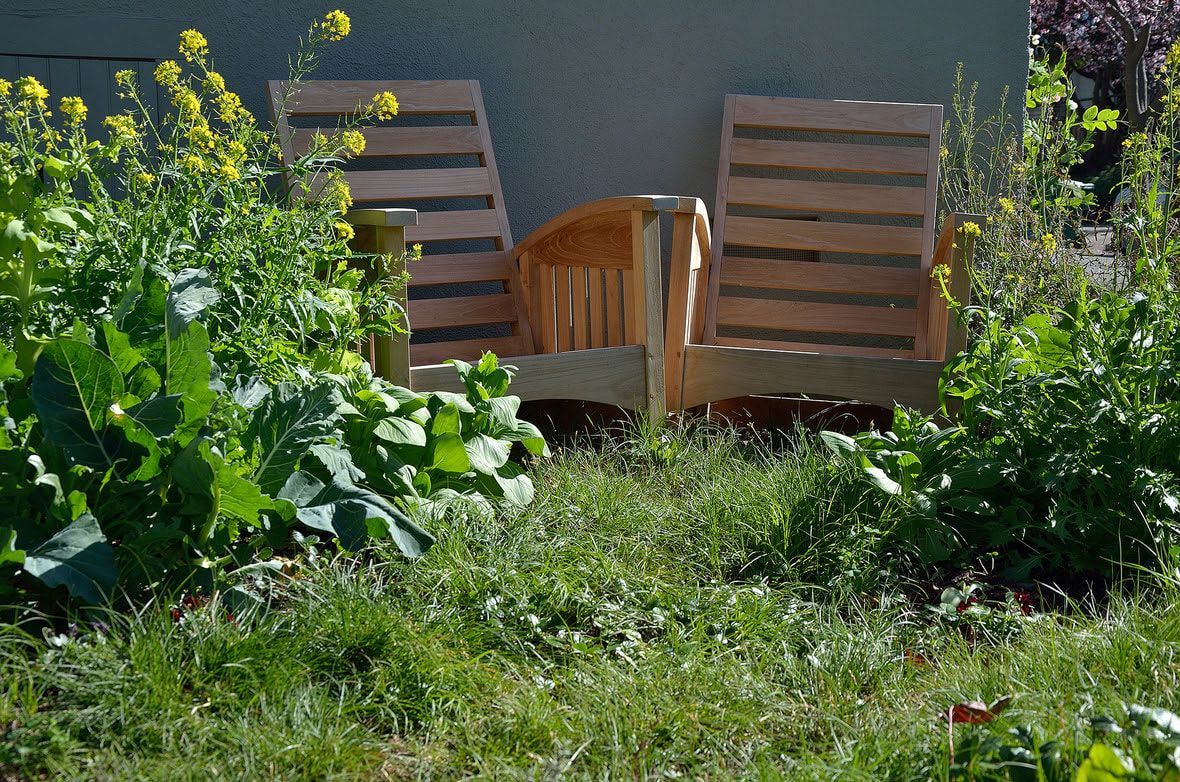
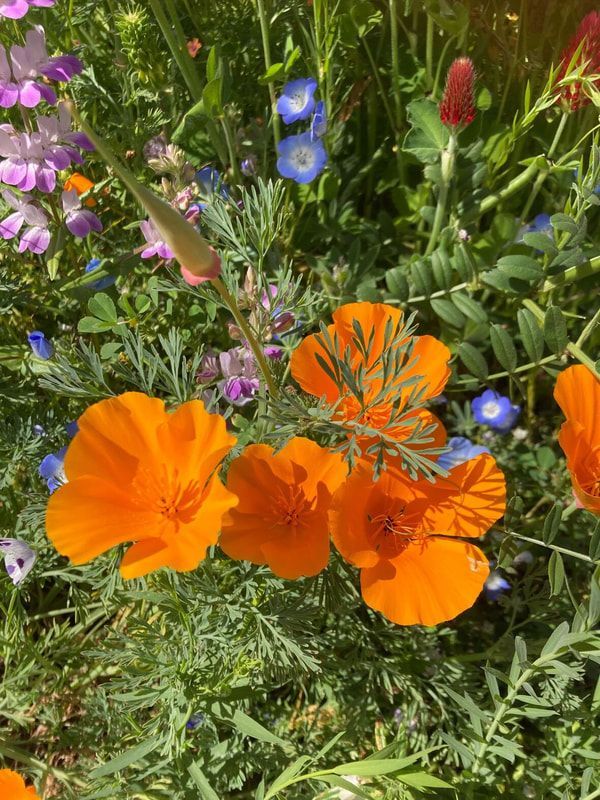
Wild flower garden with low water needs
Our current combination of years of dry air and dry soil has created conditions where recent fire events have literally turned into fire storms. Fires feed on dry air, dry soil and dead plant material. As the planet gets hotter and drier, and more plants are drying out or dying, conditions become more favorable for fires to get worse year after year. It is a negative feedback loop!
We are witnessing how disastrous this cycle has become, and how it is worsening every year. In the Western US, the “fireseason” starts earlier and lasts longer every year. Increasingly, the destruction from larger and larger fire events is not just limited to wilderness areas. The threat of fire has encroached on our towns and our cities, ravaging homes and communities.
During the drought years, local municipalities have put bans and restrictions on how much or when we are allowed to water our gardens. In many instances, this exacerbates fire conditions. This becomes part of the Drought Dilemma, as these restrictions prevent the aquifer from being recharged, increasing the amount of dried soil and dead plant material. For many homeowners, these restrictions just result in dead, dried up lawns and hydrophobic soil.
In addition to reducing the water added to your garden, municipalities and local fire departments are encouraging residents to keep a 5 foot area around the house clear of plants. The assumption is that the homeowner is not properly watering their plants (safe to assume as watering your garden has become taboo during the drought!), resulting in dry soils with dead plants that can light up against your home and increase the fire risk. Dry brush and dead plants against your house is definitely a real risk, and it needs to be prevented through garden maintenance.
Keeping it lean and green
Dry soils and dead plants contribute to exacerbated fires and fire conditions, perpetuating a dangerous cycle. On the other hand, moisture and humidity from healthy plants minimizes firedamage. Property with adequately hydrated soil and thriving plants can minimize or even thwart a fire that is raging in the area.
At Mariposa, we have actually observed our gardens (and the homes attached to them) spared in areas where wildfires raged around them. In one of our gardens, the moisture in the soil and the thriving plants surrounding the structures literally stopped a wildfire in its tracks. This just shows that it is crucial to understand how we can play a role in minimizing fire risks by continuing to irrigate our gardens.
"The fire department's message is a bit more complicated than simply asking residents to "keep areas around the house clear of plants."We ask residents to keep it "lean and green" and get rid of dead and dying vegetation. "
~ Duncan, Berkeley Fire Department**
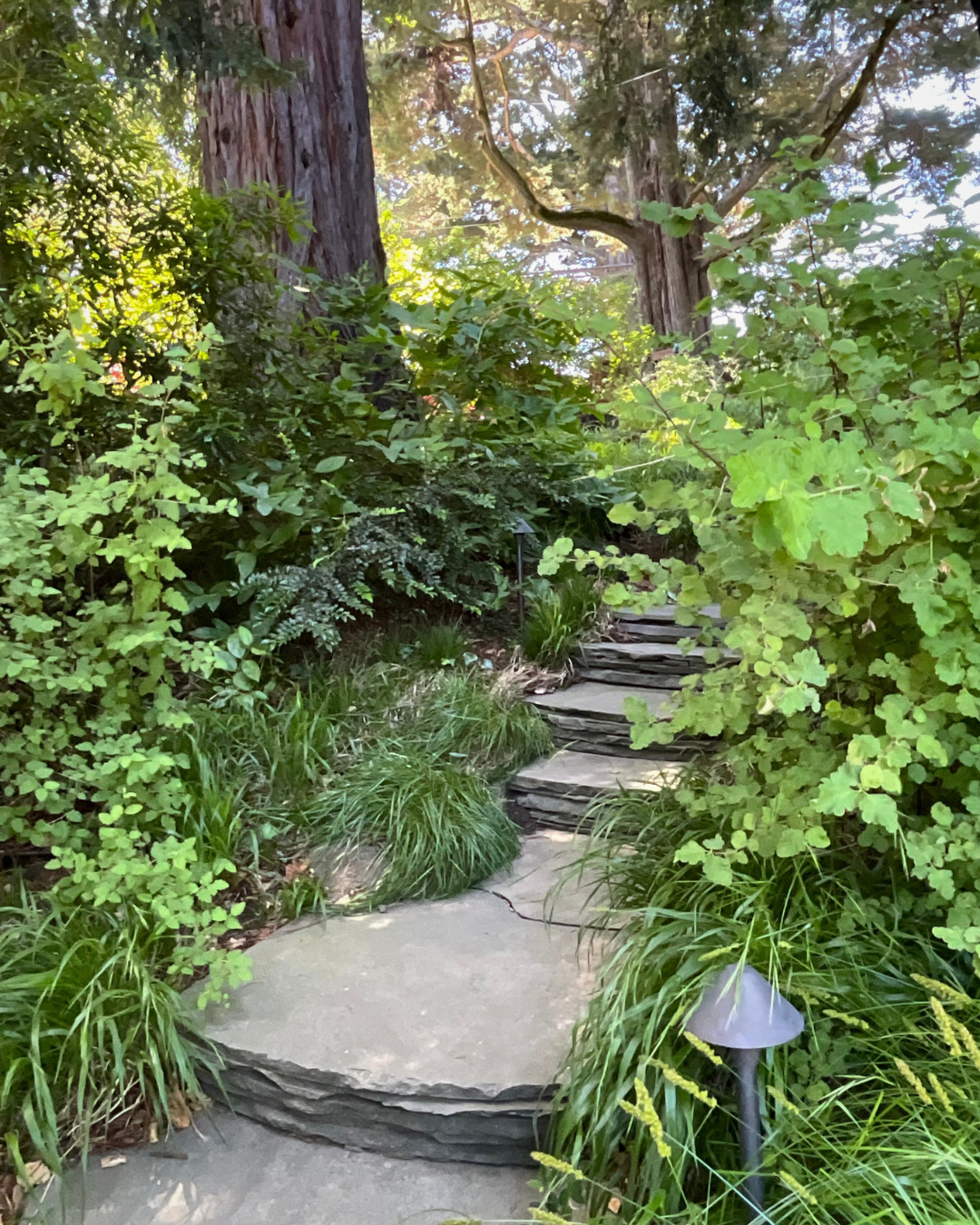
Redwood understory garden
The solution: water your garden
If you are properly taking care of your garden, and not allowing the soil of your garden to dry out, the green plant material on your property will actually minimize your fire risk.
When your plants are well hydrated, they transpire and add moisture to the air. This helps reduce the intensity of any fire that may occur near your house. In addition, any moisture in the soil will help to minimize the type of fire storm activity we have seen in the last couple of years.
As plants grow, they capture carbon dioxide and release oxygen, and they also release moisture. That moisture goes on to create clouds and rain. If we break this cycle by insufficiently watering our gardens and allowing our soil to dry and our plants to die, we are hindering the water cycle. And when drought decreases the amount of rainfall, the worst thing that we can do is to stop watering our gardens.
We need green growing things to help cool our planet, and to create clouds.
"Fires feed on oxygen, heat, and fuel - in this case, we are suggesting that dry and dead plant matter contribute to the fuel available to fires and increase homes' vulnerability. 90% of home ignitions are actually caused by ember storms and slow-moving ground fires often after a wildfirecomes through an area. This is why we are asking residents to pay particular attention to the immediate area around the house (0-5 feet) and Zone 1 (5-30 ft). Most of the fire departments that we interact with are asking residents to pay particular attention to zones 0 and 1 and keep their gardens lean and green. Watering gardens, indeed, contributes to this goal and we appreciate you letting folks know."
~ Duncan Allard, Berkeley Fire Department
Water does not belong in pipes or storage tanks. It belongs in the earth. The earth is becoming more and more parched. As we think of ourselves as stewards of the earth through our gardens, we can combat extreme drought, intense fires and furthering the heating of the planet by watering our gardens.
For additional information on fire safety from the Berkeley Fire Department, please visit berkeleyfire.com. Thank you for reading and please share!
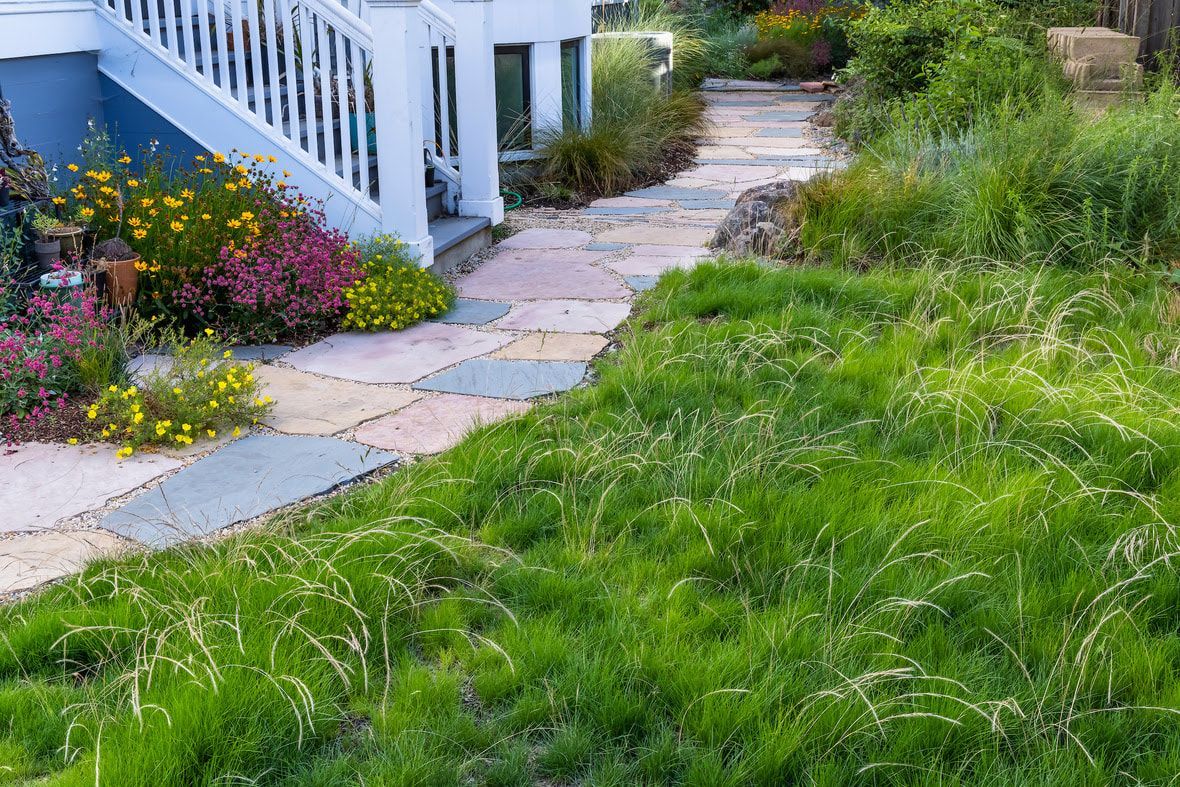
Permeable drivable meadow installed by Mariposa (Saxon Holt)
We are moving to Substack! Since our current newsletter platform, Mad Mimi, is ending on August 30th, future newsletters will be coming to you from our Substack. You can view future Mariposa newsletters in the Substack app, or on your browser. We will also be uploading them to our website if you prefer to view them there.
We'd love for you to stay connected so make sure to follow us on Instagram @mariposagardening where we will start sharing links to our newsletters when they are posted.

